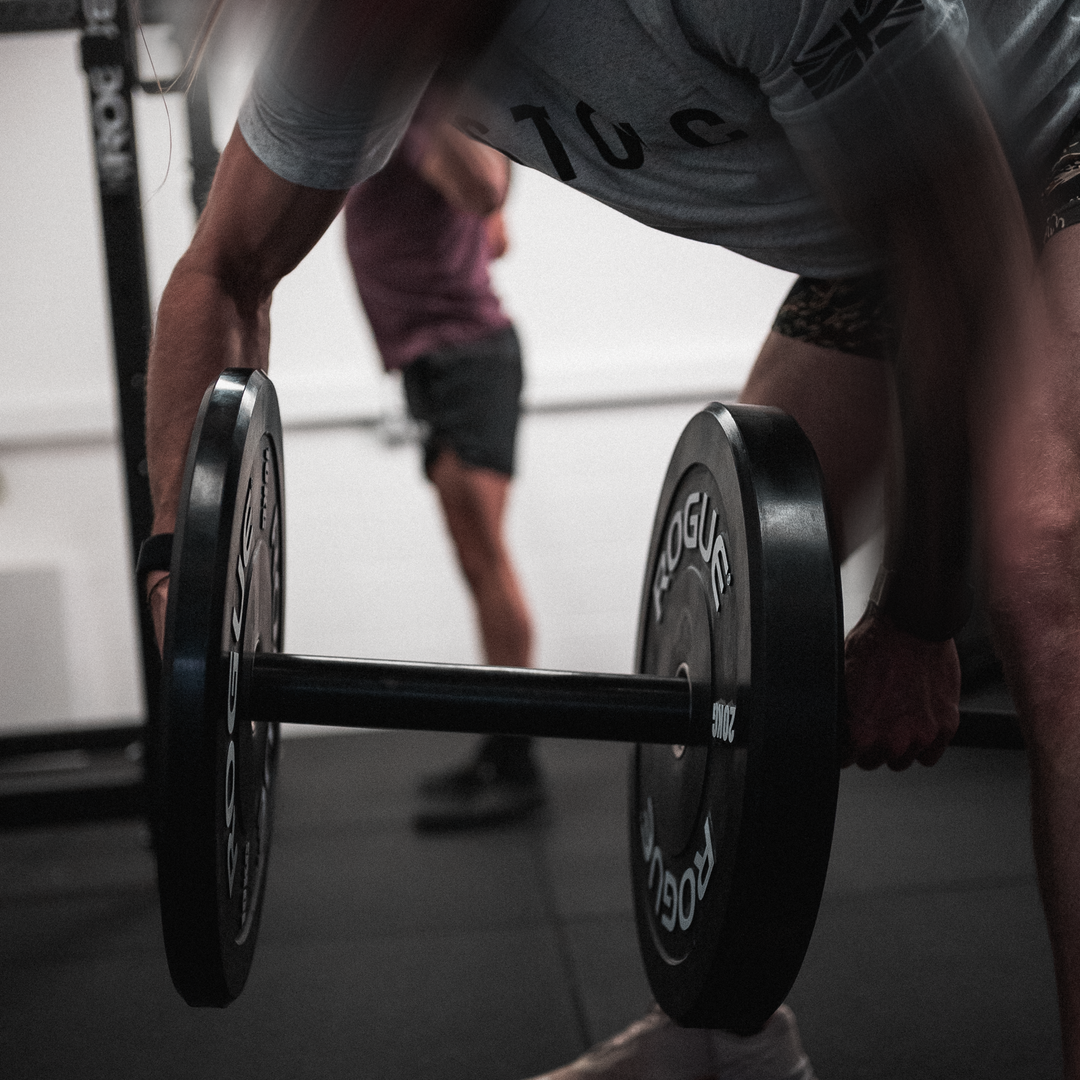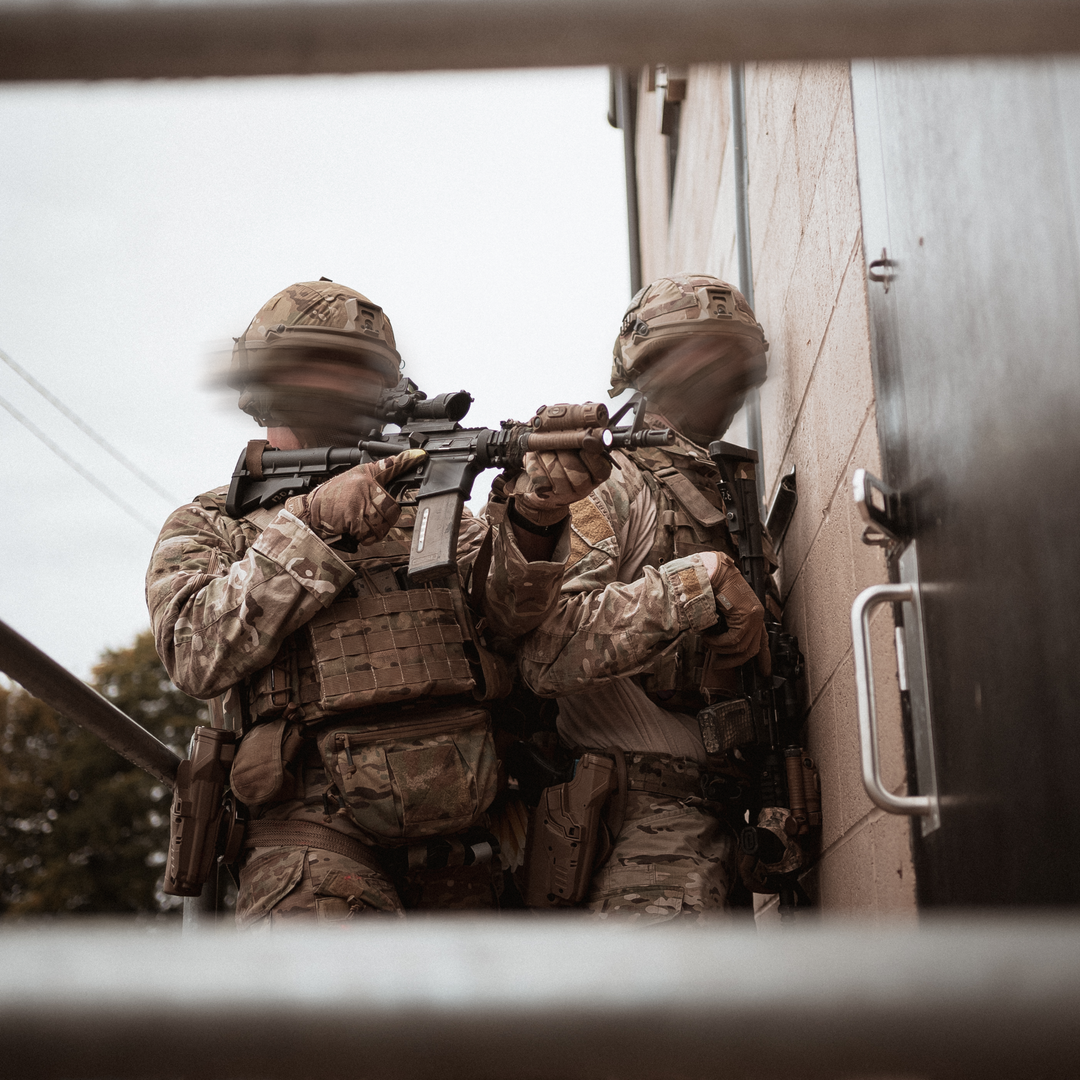SLOW DOWN TO SPEED UP; IMPROVING YOUR PERFORMANCE BY SLOWING DOWN

Introduction
In training for the military there’s a belief held by the high majority of people: the harder and faster you train, the better you’ll perform.
But research shows us there’s more to it than, ‘go out and run as hard as you can each session’.
Think about this: a Royal Marines Recruit covering the 30 miler or a UKSF candidate completing the long walk. This simply wouldn’t be possible to do at a sprinter’s speed but would have to be completed with consistency and utilising the ability to recover quickly. This would be the direct result of building proper conditioning from the base up, especially with Zone 2 Steady State training.
Many people training for the military will focus heavily on high-intensity workouts – think rapid sprints, heavy lifting, threshold running and non-stop interval training. As with anything, these methods do have their place in training and their benefits, like improving lung capacity, muscle strength, anaerobic thresholds and your ability to recover. But there’s a fundamental piece often missed or trained incorrectly: the benefits of Zone 2 conditioning.
Research shows us regular Zone 2 training will improve your heart health and its efficiency, help your body use fat for energy more effectively, and even help your mind stay focused whilst fatigued.
From a longevity perspective, Zone 2 workouts can reduce heart disease risks, boost immunity, and give you a broader base to build higher levels of conditioning, increasing your high-intensity output because your basic fitness levels can now support it.

In this article, we’ll explore Zone 2 Steady State training in more detail, breaking down the science and research and providing some practical tips for you to apply. We’ll be focussing on both immediate improvements and long-term health, giving you the best tools to enhance your performance and we’ll answer one of the most frequent questions we get sent through:
“Why can’t I keep my Heart Rate low whilst I’m running?”
Understanding Conditioning in Athletic Performance
Training for the military demands pretty high fitness standards, especially from your energy systems. To meet these standards, it’s a good idea to understand what conditioning is and why it will be essential throughout your career.
What is Conditioning?
‘Conditioning’ should embody all aspects of training aimed at preparing your body for a wide variety of activities. This preparation should involve a blend of strength, endurance, and speed-based training ranging from low-intensity steady-state work all the way through the endurance continuum to your ATP/PCr Alactic system.
However, the current mainstream approach to conditioning would be to put more emphasis on maximum effort in each workout (think spin classes or sprint intervals), focus on high-intensity interval sessions and do shorter metcon-style workouts that redline you all the time.
This approach to conditioning is completely short-sighted, not well rounded and won’t yield the best results or adaptations for your energy systems long term, especially for military personnel who require a broad spectrum of conditioning with a high focus on their aerobic capacity.
Maintaining a low heart rate, specifically within zone 2, whilst operating at relatively high outputs is critical for achieving optimal physical performance within our community. However, this can often prove challenging for some individuals, who may find themselves needing to walk during training sessions in order to reduce their heart rate.
Zone 2 Steady State Training: The Backbone of Conditioning
You’ve probably heard about different training zones, each targeting specific aspects of fitness. Zone 2, often overshadowed by more intense or ‘glamorous’ training regimes, is a veritable goldmine for foundational fitness, even for the seasoned trainee.
| Heart Rate Zone | Benefits |
| Zone 1: 50-60% of Max HR | Promotes recovery, helps beginners get moving |
| Zone 2: 60-70% of Max HR | Increases high-speed endurance, maximum performance capacity and anaerobic tolerance |
| Zone 3: 70-80% of Max HR | Improves aerobic power, blood flow and capillarisation |
| Zone 4: 80-90% of Max HR | Increases high speed endurance, maximum performance capacity and anaerobic tolerance |
| Zone 5: 90-100% of Max HR | Develops speed and power output |
When training in Zone 2, you’re working at a moderate intensity, where you can hold a conversation but still feel your heart rate slightly elevated. This zone, while not as taxing as others, is the sweet spot for building cardiovascular endurance. It’s the steady, consistent effort in this zone that aids in forming a robust aerobic base, improving your ability to take in and use oxygen efficiently when the requirement goes up.
For a military athlete, this means longer endurance capacity at a higher output, better recovery, better health and a reduced risk of injuries.
It’s the difference between running out of steam halfway through an event or operation or having the consistent steady energy to see it through to the end.
The Cardiovascular System and Zone 2 Training
Here is a simple breakdown of the cardiovascular system and its adaptations so we can better understand the connection between zone 2 training and improved functions and performance.
It is composed of the heart, blood vessels, and blood, and functions as the body’s primary transport network, delivering vital nutrients, hormones, and gases like oxygen to cells throughout the body.
Cardiovascular Adaptations to Zone 2 Training
- Increased Stroke Volume: Regular zone 2 training enhances the heart’s efficiency by increasing its stroke volume. An enlarged stroke volume means that with each beat, the heart can pump more blood, delivering more oxygen and nutrients to the working muscles. This allows for a lower heart rate at any given intensity, including within Zone 2.
- Improved Capillarisation: Zone 2 training stimulates the formation of new capillaries around the muscle fibres. This increased capillarisation allows for better oxygen and nutrient delivery and faster removal of waste products from the muscles, enhancing endurance performance.
- Enhanced Mitochondrial Density: As previously discussed, consistent training in Zone 2 promotes an increase in the number and size of mitochondria in the muscle cells. Mitochondria, often referred to as cellular powerhouses, are crucial for energy production, helping improve aerobic efficiency and endurance performance.
- Greater Blood Volume: Regular training in Zone 2 can also lead to an increase in total blood volume, primarily due to an increase in plasma volume. This is beneficial as a larger blood volume can deliver more oxygen to the working muscles, improving aerobic capacity and endurance.
- Wall Thickening: The walls of the heart, particularly the left ventricle, will thicken to some extent, making them stronger and more resilient. This helps the heart to pump blood more effectively.
- Enhanced Vagal Tone: An increase in the activity of the vagus nerve, which helps to control heart rate, can make it easier to transition between different levels of exercise intensity. This is also crucial for being able to handle more stress.
- Reduced Resting Heart Rate: As the heart becomes more efficient, resting heart rate often decreases, indicating improved cardiovascular health.
- Increased Cardiac Output: Over time, the heart’s capacity to expel a greater volume of blood (cardiac output) during exercise is enhanced, allowing for improved performance and endurance.
Overall Physiological Adaptations to Zone 2 Training
Lower intensity training brings about a host of physiological benefits. When this type of training constitutes about 80% of your conditioning training it significantly enhances your conditioning and overall fitness levels.
It’s important to remember that these adaptations are the result of consistent training over an extended period. Here’s a closer look into some of these benefits:
- Improved Aerobic Base: In lower heart rate zones, the body utilises the aerobic energy system primarily to metabolise nutrients and produce energy. This system uses oxygen as a primary factor, enhancing an individual’s ability to maintain lower intensity activity for longer durations, effectively boosting endurance.
- Enhanced Fat Utilisation: By training in Zones 1 and 2, you’re making your body primarily use fat as a fuel source. Over time, this can optimise your body’s capability to metabolise fat for energy, thereby improving your overall endurance capacity. This is particularly beneficial for long-duration activities where conserving glycogen stores is helpful for maintaining performance.
- Lower Risk of Overtraining: High-intensity workouts put significant demands and stress on the body, increasing the likelihood of overtraining if not adequately managed. Conversely, lower-intensity training exerts less stress on the body (if volume is controlled), reducing the risk of overtraining and associated injuries. This allows for more frequent training sessions, culminating in an increased overall training volume.
- Superior Recovery: Less strenuous workouts result in quicker recovery times. With most of your training performed at lower intensities, your body can recover more efficiently between workouts. This means a higher training frequency without the higher risk of injury or burnout as well as being easier to combine with resistance training.
- Cardiovascular Health Benefits: Lower heart rate zone training benefits heart health by aiding in lowering blood pressure, improving heart rate variability and, most importantly, increasing stroke volume. Over time, this will improve your heart health and allow it to perform far more efficiently during both exercise and rest.
- Mitochondrial Density and Efficiency: Engaging in lower intensity exercise promotes the development of new mitochondria (the energy-producing powerhouses of cells) and enhances the efficiency of existing ones. A higher mitochondrial density indicates a greater capacity to produce energy, leading to improved performance.
- Metabolic Efficiency: Lower intensity training enhances metabolic efficiency, improving the body’s ability to convert fuel into energy. This can help to improve endurance, reduce fatigue, and enhance recovery, providing a solid base for more intense workouts when required.
Applying This Methodology to Military Training
The needs analysis of military personnel requires them to have a pretty robust base of aerobic development in zones 1 and 2.
For example, consider performing a 5 mile run. If you primarily train in higher heart rate zones, you will initially improve your time but you’ll eventually hit a performance plateau due to a lack of needed physiological adaptations, inadequate recovery and an overall limited endurance capacity.
However, by focusing more on lower heart rate zone training, you’ll tap into those physiological adaptations, improve your endurance capacity and consistently improve your 5 mile run times.
It’s this physiological shortfall that the most frequently asked questions we get through comes from:
Question: “Why can’t I keep my HR low when I’m running, even though my 5k time is sub 20 minutes?”
Answer: You’re simply not aerobically fit or efficient yet, but stick to the plan and be patient and you will be able to run even faster in the long run.
Why Just Trying to Run Faster All the Time is Counterproductive to Your Goals
The misconception that faster is always better can lead to a cycle of overtraining, insufficient recovery and potential injuries. Constantly training at high intensity often makes the body primarily use carbohydrates as fuel, depleting glycogen stores and leading to more fatigue from the rest of your training programme.
On the other hand, training in the lower heart rate zones allows the body to become more efficient in using fat as fuel, conserving glycogen stores for more intense activities. It also places less strain on the body, reducing the risk of injuries and promoting better overall health and fitness.
Guidelines for Effective Low-Intensity Exercise Sessions
- Do not go above the top end of your zone 2 (roughly the maximum speed, power, or heart rate at which you can talk easily in full sentences).
- Avoid going below the bottom end of Zone 2. It is unlikely that you will go below this level, especially in the initial phase of training in this fashion.
- Let your chosen speed or power vary between different low-intensity sessions. Always pick a level of effort that feels comfortable at the time and allows you to stick in that HR range.
Conclusion
Make Your Easy Runs Easy and Hard Runs Hard. Stop just training in that middle ground of speed and ultimately discomfort.
By performing the majority of your training in lower heart rate zones, you’ll trigger a lot more physiological adaptations to that stimulus and be able to massively improve your performance.
While this approach may seem counterintuitive, its benefits are vast, especially for military personnel who require a very broad aerobic capacity to benefit almost all of their job roles.
References
Achten, J. and Jeukendrup, A. E. (2003) ‘Heart rate monitoring: Applications and limitations.’ Sports Medicine.
Billat, V. L. et al. (2001) ‘Training and bioenergetic characteristics in elite male and female Kenyan runners.’ Medicine & Science in Sports & Exercise.
Emig, T. & Peltonen, J. (2020). Human running performance from real-world big data.
Hickson, R. C. et al. (1985) ‘Potential for strength and endurance training to amplify endurance performance.’ Journal of Applied Physiology.
Seiler, S. and Kjerland, G. Ø. (2006) ‘Quantifying training intensity distribution in elite endurance athletes: is there evidence for an “optimal” distribution?’ Scandinavian Journal of Medicine & Science in Sports.
Spilsbury, K. L. et al. (2015) ‘Are we being drowned in hydration advice? Thirsty for more?’ Extreme Physiology & Medicine.
Swain, D.P. & Franklin, B.A. (2002). VO(2) reserve and the minimal intensity for improving cardiorespiratory fitness.




